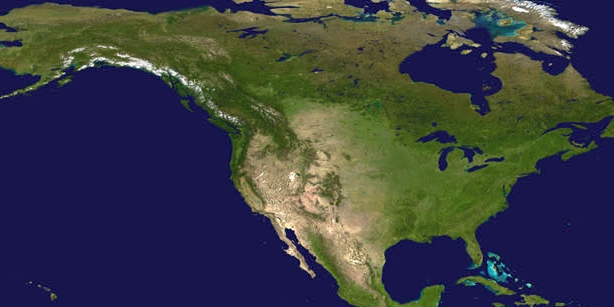


Phenomena: Auroras
Satellite: NOAA-20, NOAA-21
Product: Day/Night Band
Instrument: VIIRS
Date: Oct. 11, 2024, 05:59 - 10:59 UTC
On Oct. 11, 2024, the aurora borealis dazzled many across North America due to a severe geomagnetic storm. The NOAA-20 and NOAA-21 satellites, part of NOAA’s Joint Polar Satellite System (JPSS) Program each witnessed a different experience as the northern lights fluctuated in intensity throughout the night.
Leading up to the light show on Earth, a severe geomagnetic storm alert was issued after an outburst from the sun was detected. Such a storm increases the chance of aurora borealis—also known as the northern lights—and can temporarily disrupt power and radio signals. The Earth’s magnetic field shields us from much of it, but particles can travel down the magnetic field lines along the north and south poles and into Earth’s atmosphere, causing the gasses in our atmosphere to illuminate.
NOAA’s JPSS Program is the Nation’s advanced series of polar-orbiting environmental satellites. JPSS represents significant technological and scientific advancements in observations used for severe weather prediction and environmental monitoring. These data are critical to the timeliness and accuracy of forecasts three to seven days in advance of a severe weather event. JPSS is a collaborative effort between NOAA and NASA.
For the latest solar activity outlooks, forecasts, and Alerts, Watches and Warnings, please go to NOAA National Weather Service’s Space Weather Prediction Center (SWPC).
